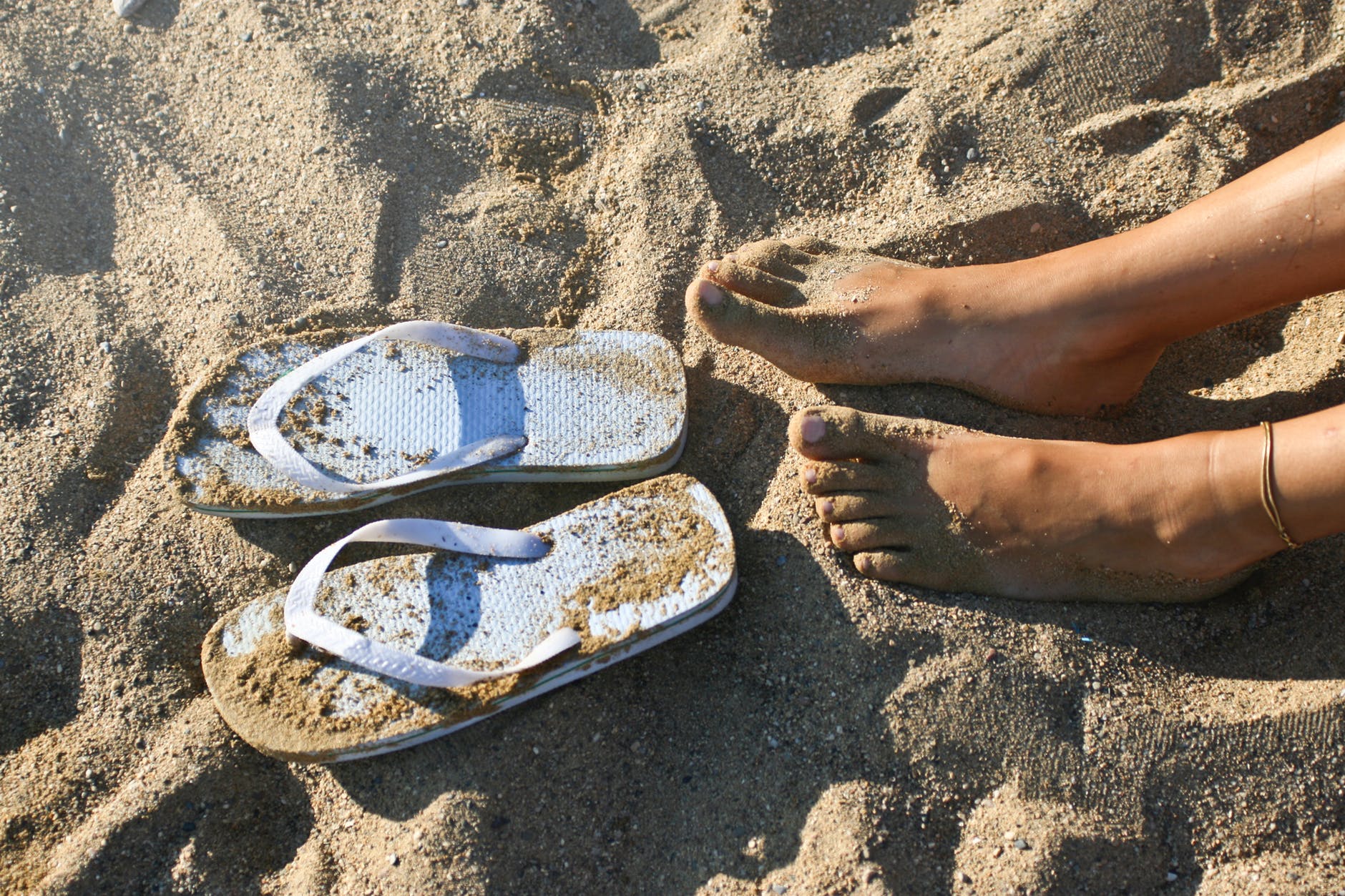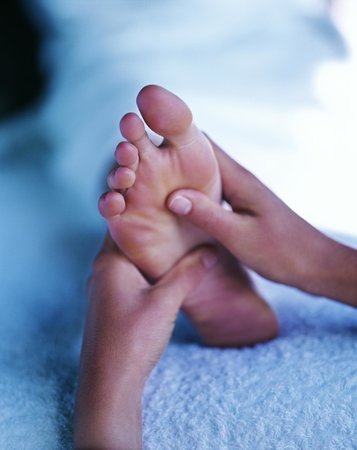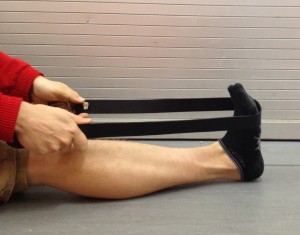Plantar Fasciitis: Pain under the foot
It is astonishing how much work feet have to do day in day out without getting much special attention! Being constantly on your feet, wearing shoes with heels (even as high as 2cms can have an effect if you are wearing them all the time, including men with heels on their shoes!) or slides and thongs which do not give much support so your feet are doing all the work trying to keep them on!

Plantar fasciitis is a condition of the foot seen mostly in adults. It is a condition where the tissue that runs under the sole of the foot, called the plantar fascia, is inflamed and may have tiny tears. These tears are very painful and create a lot of discomfort. If this condition is left untreated, it can lead to larger (more painful) tears.
Plantar fasciitis can develop due to over exercising, an injury, wearing unsupportive shoes, standing for long periods of time or from arthritis in the foot. As a result of the pain in the foot, you may start to limp and compensate for the injury. This can lead to further problems in other areas of the body too.
The muscles and ligaments of the feet are like any other muscle in the body, they need to be used to keep them strong. The problem is with feet, not many people spend enough time walking around barefoot. When you are constantly in shoes, especially with a thick sole, there is very little stimulation to the sole of the foot. As the result, the brain is not getting any signals to say that the muscles and ligaments of the feet are being used. This causes the muscles to become weaker and weaker, leading to injuries in the feet.
How Chiropractic Care Helps:
Our Chiropractors are trained to assess the body as a whole and not just to look at the sight of pain and symptom. When the pelvis and lower back are out of alignment, which can come from stresses building up overtime, the body will often compensate by contracting one calf to keep you standing up against gravity. The calf muscle runs down into the Achilles and then under the foot into the plantar fascia. From this understanding, it makes sense that if the hips/pelvis are out of alignment, this could lead to a compensating pattern in the body which may contribute to the underlying cause. Poor posture and uneven weight bearing through your legs may also contribute to the plantar fasciitis. This is where our Chiropractors can help.
The nerves from the lower back come down the leg to supply the muscles and tissues of the foot. Therefore, as Chiropractic removes irritation to the nerves, balancing the pelvis and lower back may improve nerve function down the leg to the foot to help the muscles and ligaments relax.
Chiropractors are also trained to assess and correct any misalignments in the bones of the foot. Obviously it is important to make sure the bones of the foot are mobile for correct movement of the foot. If you do not have full movement, this can lead to compensating patterns of the foot and hence plantar fasciitis if they are not dealt with.
The role of Massage
Massage works to lengthen the muscles and to increase blood flow to the area. It is really important, for the reasons mentioned above, that your massage therapist works from the lower back, hips and legs as well as the feet. The gastrocnemius and soleus muscles (the calf) as well as the tibialis anterior and the plantar fascia definitely need to be addressed. By increasing blood flow to the area, you are providing the body with the ability to heal and recover.
What can you do at home to assist?
Go Barefoot – Barefoot is important as the ligament and muscles of the feet have to work and thus it strengthens them. This leads to better support of the arches of the foot to help them heal.
Massage the feet – Using a massage ball or even a frozen orange (ice massage helps to calm inflammation also) and rolling it under the foot for 3-5 minutes. Make sure you cover the whole length of the foot and out to either side.
Stretch the plantar fascia – especially first thing in the morning. At night often the ligaments will contract and thus the condition will be more painful in the morning. Pull the toes towards the shin.
Figure of 8’s with the foot – put your fingers between each toe and then using your hand guide your foot through a figure of 8 pattern.
Stretch the calf – You can do this using a foam roller or hand massage as well as gently stretching by bringing the foot towards the shin bone.
Rest – Obviously if you are standing on your feet all day, everyday, understand that this is going to make the healing process take longer. The more you can take moments of rest to relax and stretch under the feet the better. Ideally aim every hour to stop for a minute or two.
Rehabilitation of the ligaments and muscles under the foot – place marbles on the ground, or something of similar size, and use your toes to pick them up and place them in a mug that is sitting on the floor beside them.
Conclusion-
If you are experiencing heel pain and suspect you have plantar fasciitis, the sooner you seek treatment, the sooner your feet can stop hurting. Healing takes time so you need to be patient and understand that pain is usually the last thing to appear. Usually there is years of damage under the surface that needs to be dealt with.
Dr. Deanne Esposito (Chiropractor)
Global Chiropractic


